Energy storage and hydrogen
Discover our projects on the future of energy storage and hydrogen.
2025
A tripartite approach to unlock Australia’s green hydrogen export potential to create sustainable hydrogen supply chains in Australia, France and Japan
This trilateral project between France, Australia, and Japan will deliver a decision-support tool to strengthen collaboration in all three countries. Specifically, the tool will help French and Australian companies prepare for bids and projects in Australia, while also assessing the most viable export pathways to Japan and France. The project also aims to map supply chain opportunities, highlighting investment prospects, and identifying new business opportunities across the three countries.
“This collaboration represents an important step forward in advancing global hydrogen innovation,” said Dr Julie Mougin, Deputy Director for Hydrogen Technologies at CEA, and Gordon Chakaodza, Director of the Victoria Hydrogen Hub (VH2). They added, “by combining the strengths of France and Australia, we will generate vital data and insights that open opportunities for companies to engage in three of the world’s most significant hydrogen markets.”
Partners: CEA, Victorian Hydrogen Hub (VH2), Australian Hydrogen Council, Vireo Energy.
CHALIA: Condensation of Humid Air during Loss of Insulation Accident in LH2 tanks
he CHALIA project is tackling one of the biggest challenges in clean energy: making liquid hydrogen (LH2) storage safer and more affordable. While LH2 offers zero emissions and high energy for heavy-duty transport, it also comes with risks - like pressure build-up, boil-off gas loss, and potential tank rupture. Current understanding of transient behaviour following tank failure remains limited, and accurate predictions of boil-off rates, even under normal operating conditions, require further improvement. This international collaboration between FEnEx CRC, CEA, and UWA is developing advanced tools, experiments, and simulations to better understand and predict LH2 behaviour during normal use and accidents. The project combines lab-scale testing with full-scale tank trials to improve safety standards, reduce storage losses, and support wider adoption of hydrogen.
“This isn’t just about safety - it’s about unlocking hydrogen’s full potential as a clean energy solution. By understanding how LH2 behaves during storage, we can make it safer, cheaper, and ready for the real world.”
Commented Professor Eric May, Future Energy Exports (FenEx) CRC.
Partners: Future Energy Exports CRC, CEA, University of Western Australia


